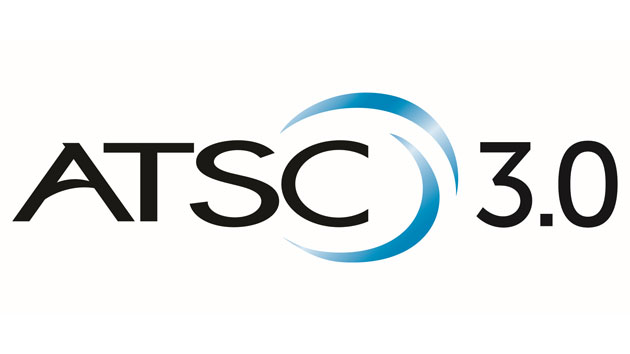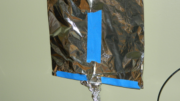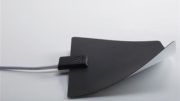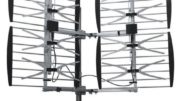Has it already begun? According to Cord Cutters News, Phoenix, Arizona will be the first city in the US to start pilot broadcasts using the ATSC 3.0 next-generation broadcast standard. Ten stations in that market will begin simulcasts using the new technology “as early as” next spring.
“As early as” is a very convenient term, and the article uses it a lot, like you could see TVs with integrated ATSC 3.0 tuners “as early as” next year, and there may be converter boxes “as early as” next spring. I’m inclined to agree though, at least about the converter boxes. It will be a while yet before we see TVs with integrated tuners hit stores, perhaps next summer, but I expect to see converter boxes coming sooner than that. The real question is how much they will cost… and I’m betting it’s going to be more than the $50 you paid last time around, at least for the first year.
Phoenix is actually a good city for this test. It’s big enough that the stations have the funding to do it, but it’s also small enough that there’s room for each channel to broadcast on two frequencies. This isn’t true in larger markets, and it poses a very large problem for long-term adoption of ATSC 3.0.
I wouldn’t expect to see any real 4K during these tests, at least for the first year, but it’s possible we’ll see a couple of broadcasts just to see how the system works. Maybe there will be a Cardinals game in 4K, that would be a nice little present for the people of the Phoenix area.
The one thing that people in Phoenix (and the rest of the country) need to know here is that you will not need a new antenna to get ATSC 3.0 broadcasts in most cases. If you already have a TV antenna that works for you, it should work for ATSC 3.0 as well. An antenna doesn’t care whether the signal is 4K or HD or whatever, it only cares about the frequency. And while it’s possible that ATSC 3.0 tests might take place on a lower frequency than you normally receive, that shouldn’t be a problem unless your antenna is only tuned to receive UHF. We don’t know yet what frequencies will be used for ATSC 3.0 testing in Phoenix, but there’s plenty of room in the UHF range so it’s not something you really need to worry about quite yet.
There are still so many questions regarding ATSC 3.0 broadcasts as we look forward. In theory the new system should allow for truly Blu-ray quality HD but unless the picture is really optimized at that level it’s possible that HD over ATSC 3.0 will look exactly the same as it does today. However, aside from some test broadcasts it’s hard to know how 4K content will look. As anyone with Netflix and a 4K TV knows, sometimes 4K doesn’t look any better than HD, depending on the streaming speed you have. Netflix claims you can get a pretty satisfying 4K picture with as little as 25Mbps sustained connection, but in my experience (on a 75Mbps-rated connection) I only get the quality I’m looking for if I stream at 3 o’clock in the morning.
Broadcast 4K won’t have that problem; it will have the same quality 24/7. However the logistics of getting a 4K stream to fit in a broadcast channel originally designed for black and white standard definition…. it’s mind-boggling and all I can say is that most likely the quality won’t be really good for 5-10 years as encoder technology catches up. Early HD enthusiasts may remember that for the first several years local HD broadcasts were laggy and blocky and nowhere near as good as they are today. I expect the same with 4K, and I don’t expect over-the-air 4K to ever look as good as 4K Ultra HD Blu-ray disc. (Of course there are probably about 7 people nationwide who use 4K discs.)
Of course the real question is going to be, how many people really want 4K over-the-air television, how many people are going to be willing to invest in this technology, and we won’t know that for years to come. One thing you can be sure of though it’s that Solid Signal will be at the forefront of offering 4K technology for you as soon as it’s available! In the meantime, you can shop confidently because the antenna you buy today should work for years, no matter what happens.





